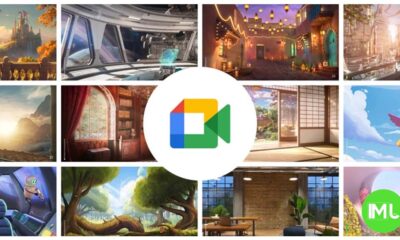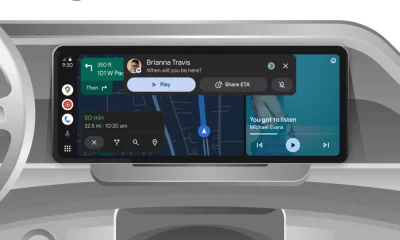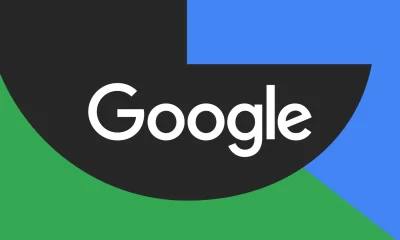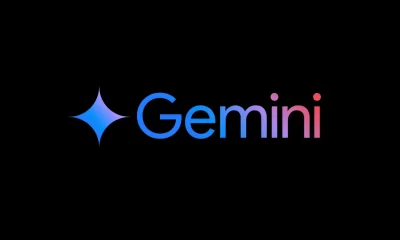Google’s push for enhanced Android privacy, new app features, and Pixel Camera updates
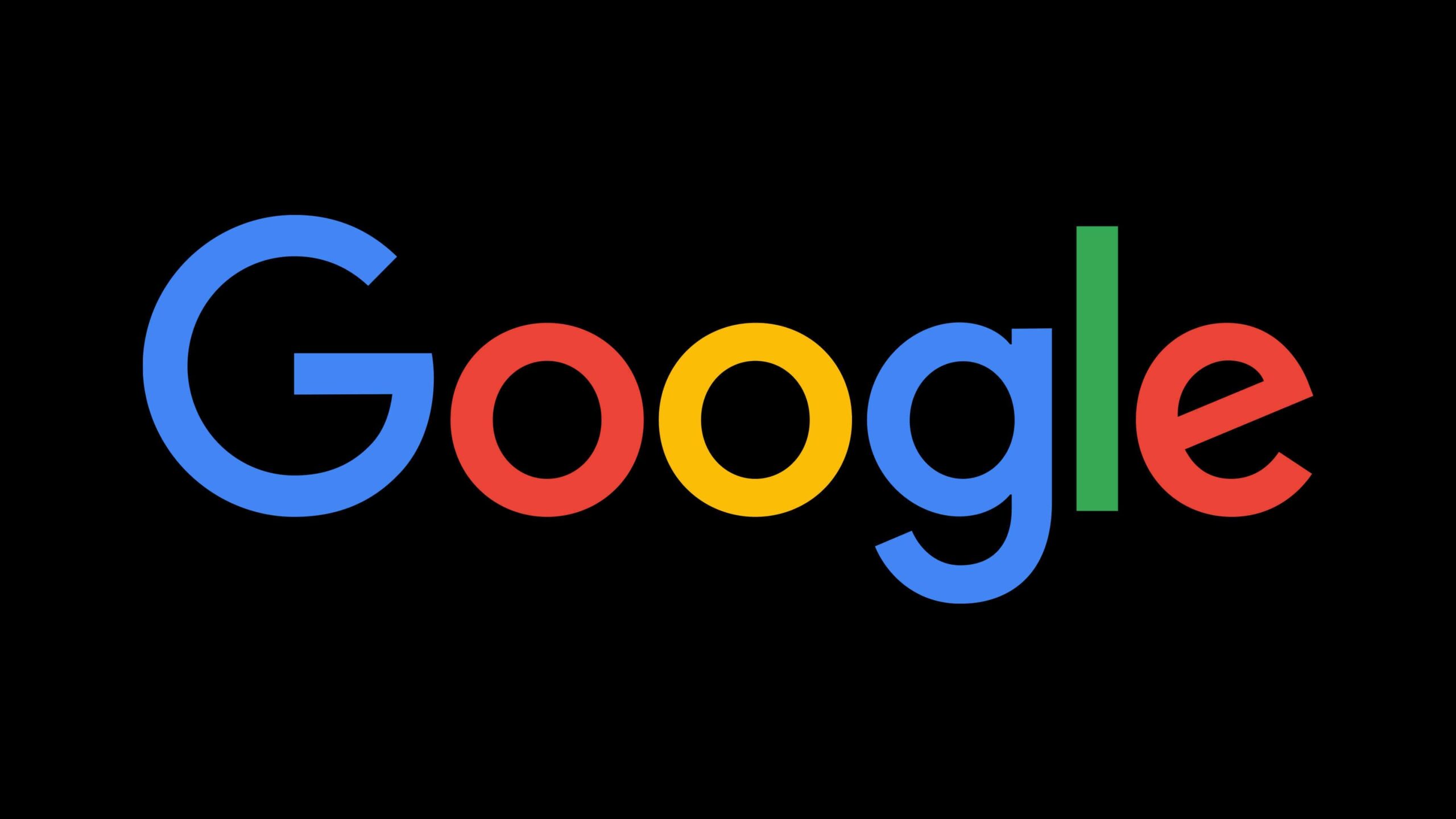
Google is actively enhancing user privacy on Android, rolling out new features for its core apps, and introducing improvements in Pixel Camera. These updates aim to improve user control, optimize app design, and provide advanced camera functionalities for Pixel devices.
Android’s New Photo Picker: Strengthening Privacy
Google has been promoting the use of a new photo picker system introduced in Android 13 to increase privacy when sharing media with apps. Unlike older methods where apps could request access to the entire photo library, the new photo picker allows users to select only specific photos or videos they want to share, keeping the rest of their media private.
Despite the benefits, adoption has been slow. To encourage broader use, Google is now pushing Android developers to stop using older permissions like READ_MEDIA_IMAGES and READ_MEDIA_VIDEO unless absolutely necessary. These permissions allowed apps to access large portions of a user’s media library, which posed a potential privacy risk. Google began enforcing this policy over the past month, following its announcement at I/O earlier this year. By January next year, apps that don’t comply won’t be able to update via the Google Play Store.
Apps that need broader access to user media, like social media platforms, photo editors, or image-sharing tools, will be allowed to retain this access but only after submitting a declaration form for approval. This change is likely to prompt more Android apps to adopt the new photo picker soon, especially as the January deadline approaches.
Google Search App: Simplified and Colorful Redesign
Google has also introduced a visual update to its Search app, making it more streamlined and user-friendly. Initially launched in beta, this redesign is now widely available. The update reduces clutter by replacing text-laden shortcuts with compact icons and a vibrant background, making it easier to navigate.
Previously, the app displayed five pill-shaped shortcuts below the Search bar, each paired with an icon and label. These shortcuts included options like searching from your photo library, translating text with your camera, or solving homework with Google Lens. However, the design was somewhat cluttered and difficult to navigate. The new design simplifies this interface by reducing the shortcuts to just icons, making them more intuitive and visually appealing. This change also mirrors the layout seen in the iOS version of the app.
Additionally, Google is expected to further enhance the user interface with Material You design principles, including a revamped bottom navigation bar, in future updates.
Google Messages: Your Profile Management
Google Messages has introduced a new “Your Profile” page, allowing users to customize how they appear to others when sending messages. This feature builds on the existing Profile discovery, now renamed to “Profile sharing.”
With the latest update, users can set their name and profile picture directly within the app. This profile information can be shared in three different ways:
- People you message: Your profile becomes visible after sending a message.
- Only your contacts: Only contacts will see your profile.
- No one: Your profile remains hidden.
These options give users more control over their visibility within the app. Profile sharing is currently being rolled out across devices with the latest beta version of Google Messages.
Pixel Camera 9.6: Enhanced Features for Photography Enthusiasts
With the October 2024 Feature Drop, Google has started rolling out Pixel Camera version 9.6 to supported Pixel devices. This update brings several key improvements, especially for photography lovers using the Pixel 9 series.
- Underwater Photography: Exclusive to the Pixel 9 series, this feature enables users to capture true-color photos and videos underwater. Before using the feature, users need to enable it through the camera’s advanced settings and put their device in a waterproof case. Once activated, the camera will display a “Underwater photography/video on” message, allowing users to confidently capture underwater content. Similar functionality was previously available on older Pixel devices through a specialized app.
- Vertical Panorama Mode: Pixel 9 devices now support vertical panoramas, giving users the ability to capture tall images instead of being restricted to horizontal panoramas. This update offers greater flexibility for landscape and architectural photography.
- Easier Astrophotography Mode: For Pixel 6 to Pixel 8a users, entering Astrophotography mode, which is popular for night sky photography, has become easier. Instead of navigating through multiple menus, users can now switch to Astrophotography with a simple tap in the Night Sight tab, making it more accessible for night-time shoots. The update also introduces a 5-second timer for more controlled shots.
Additionally, the latest camera update includes preparations for a future feature called “Quick Access Controls.” This will allow users to quickly adjust settings like white balance, brightness, and shadows by tapping on the viewfinder, similar to the old camera UI that placed these options at the screen’s edge. Although the feature isn’t live yet, its strings are already present in the code.
Conclusion
These updates reflect Google’s ongoing efforts to enhance both privacy and user experience on Android. By enforcing stricter app permissions, simplifying core app interfaces, and introducing advanced camera features, Google is ensuring that Android continues to evolve in a way that benefits users and respects their privacy. Whether it’s through the new photo picker, the redesigned Search shortcuts, or enhanced Pixel Camera capabilities, Google is pushing Android forward with a focus on privacy, usability, and innovation.
Google Meet gets a fresh new look with Material 3 design

Google Meet is getting a big update to its look, thanks to the new Material 3 design. This change brings a cleaner and more modern style to the video calling app, making it easier and more enjoyable to use.
With Material 3, Google Meet now has rounder buttons, softer colors, and better spacing between elements. The main controls, like the microphone, camera, and end call buttons, are now larger and easier to tap. The icons and text are also clearer, which helps users find what they need quickly during a call.
Another improvement is the new “expressive” color system. This feature lets the app’s colors match your device’s wallpaper or theme, giving each user a unique and personalized experience. The changes also make Google Meet more accessible, as the new design is easier to read and use for everyone, including people with vision difficulties.
These updates are rolling out to both web and mobile versions of Google Meet. Google says the new look will help people feel more comfortable and focused during their meetings. Overall, the Material 3 update makes Google Meet not only look better but also work better for all its users.
Android
Easy ways to change Android Auto’s look with light and dark themes
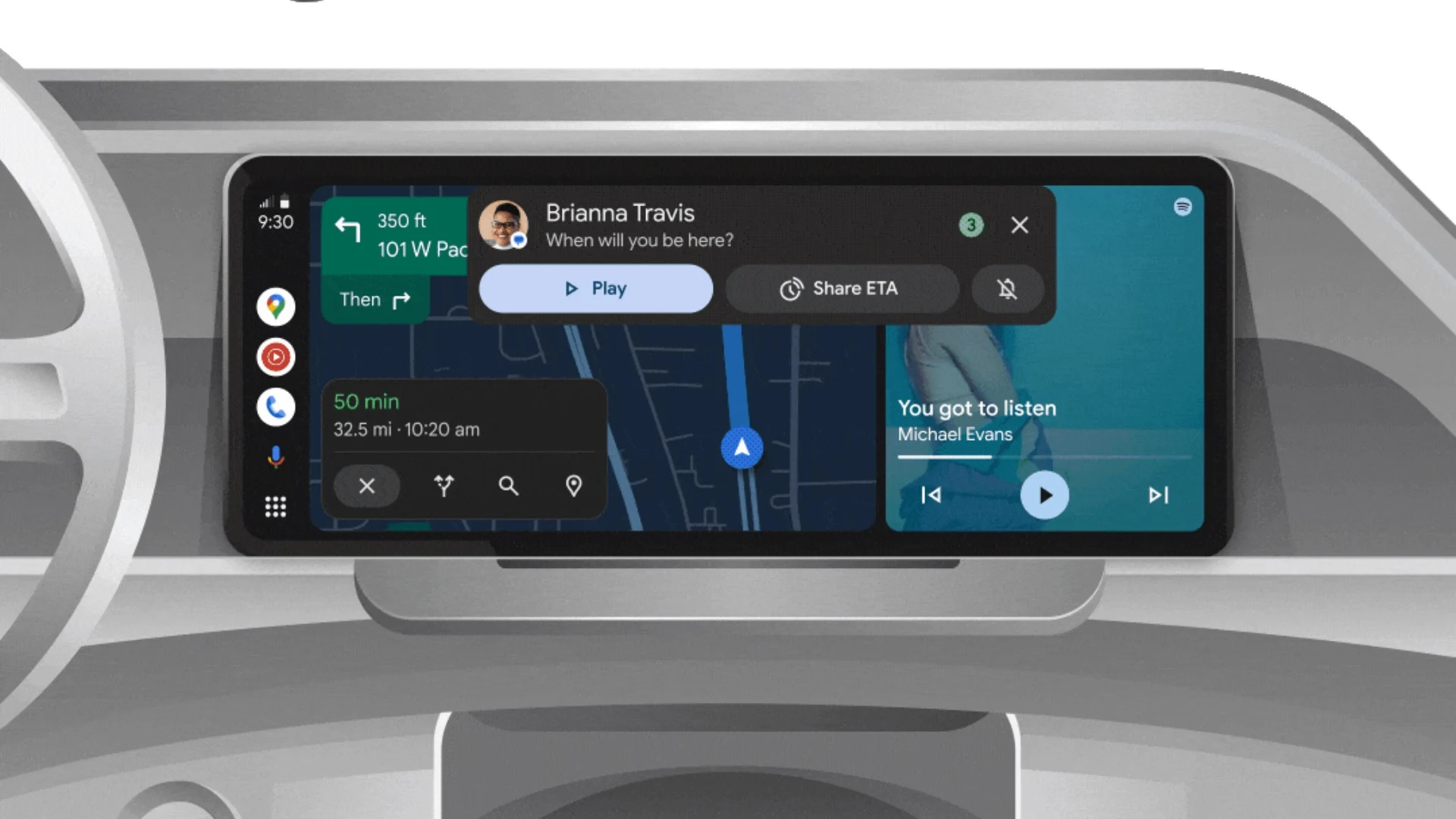
Android Auto is a helpful tool that lets you use your phone’s apps safely while driving. It connects your phone to your car’s screen, making it easier to use maps, music, and calls. One of the features many people like is the ability to change how Android Auto looks by switching between light and dark themes.
How to switch between light and dark themes
Android Auto offers two main themes: light and dark. The light theme uses brighter colors, which can make the screen easier to see during the day. The dark theme uses darker colors, which can be more comfortable for your eyes at night or in low light.
To change the theme, follow these steps:
- Open the Android Auto app on your phone.
- Go to the settings menu.
- Find the “Theme” option.
- Choose between “Light,” “Dark,” or “Set by car” (this lets your car decide the theme based on the time of day or your car’s settings).
Why themes matter
Using the right theme can make driving safer and more comfortable. The light theme is good for bright days, while the dark theme helps reduce glare at night. Having these options means you can pick what works best for you, making Android Auto easier to use in any condition.
In short, Android Auto’s theme options are simple to use and help you drive more safely by making the screen easy to see, no matter the time of day.
Google Drive and Files by Google get fresh updates for easier use
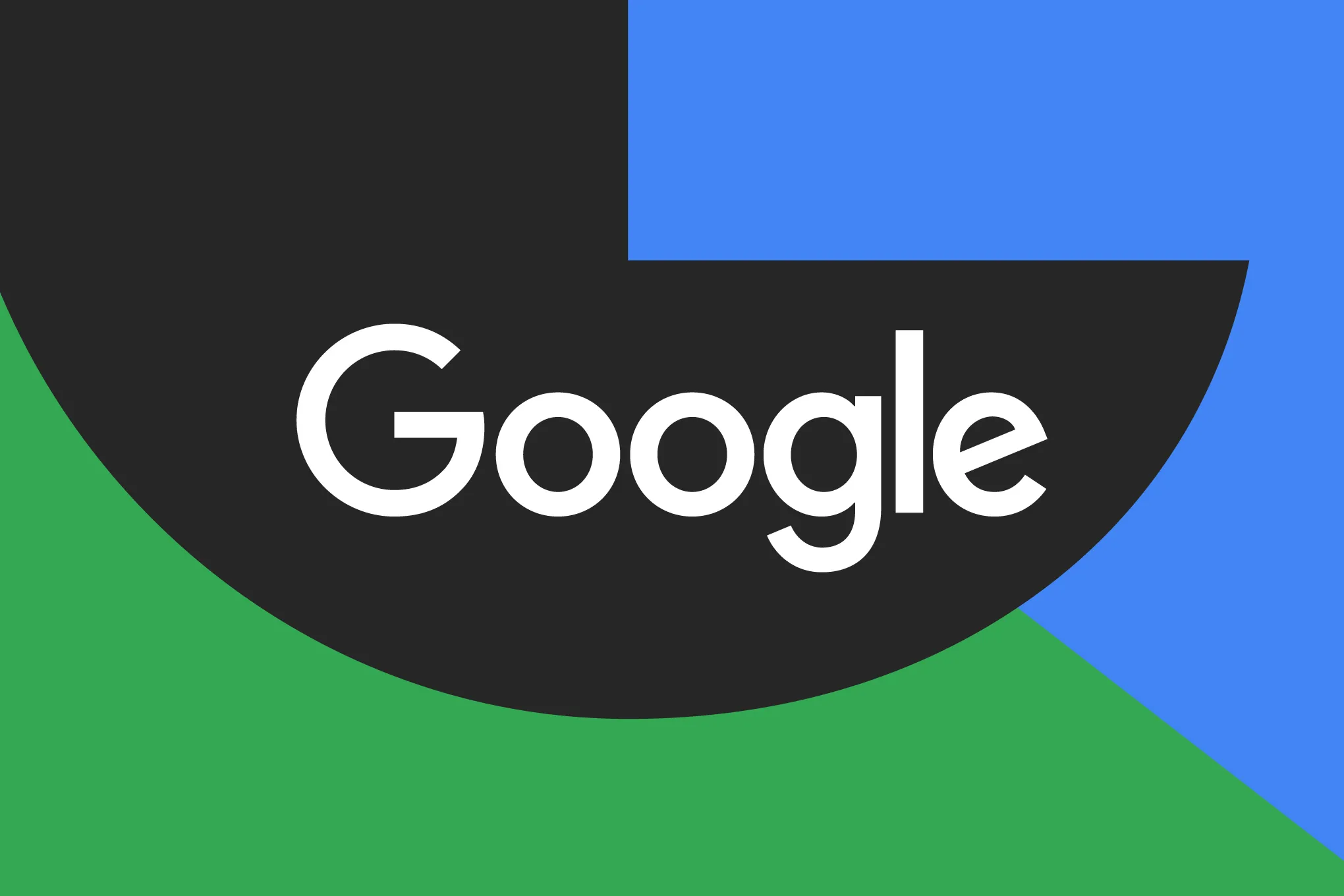
Google is rolling out some helpful updates to two of its popular apps: Google Drive and Files by Google. These changes are designed to make managing your files and watching videos much smoother.
First, Google Drive is getting a new video player. Now, when you upload a video to Drive and open it, you’ll notice a fresh look that matches Google’s latest design style. The controls, like play and pause, are easier to use and look cleaner. This update makes it simpler to watch videos directly in Drive without needing to download them first.
Meanwhile, the Files by Google app is also getting a makeover. The app is adopting Google’s Material 3 design, which means it looks brighter and more modern. The buttons and menus are easier to see and use, making it simpler to find, move, and organize your files. There are also new color options and improved icons, so everything feels more user-friendly.
Both updates show Google’s commitment to making its apps more helpful and enjoyable to use. Whether you’re watching videos in Drive or sorting files on your phone, these changes aim to save you time and make things less complicated. If you use these apps, keep an eye out for these new features—they should arrive soon!
-
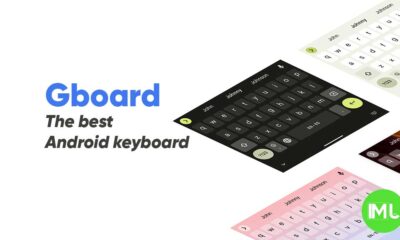
 Apps1 year ago
Apps1 year agoGboard Proofread feature will support selected text
-
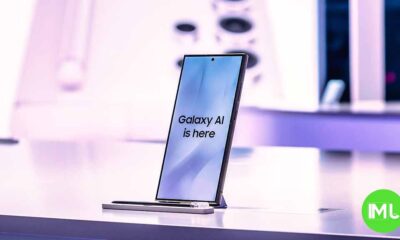
 News1 year ago
News1 year agoSamsung USA crafting One UI 6.1.1
-

 Apps1 year ago
Apps1 year agoGoogle Contacts app testing new Besties Widget
-
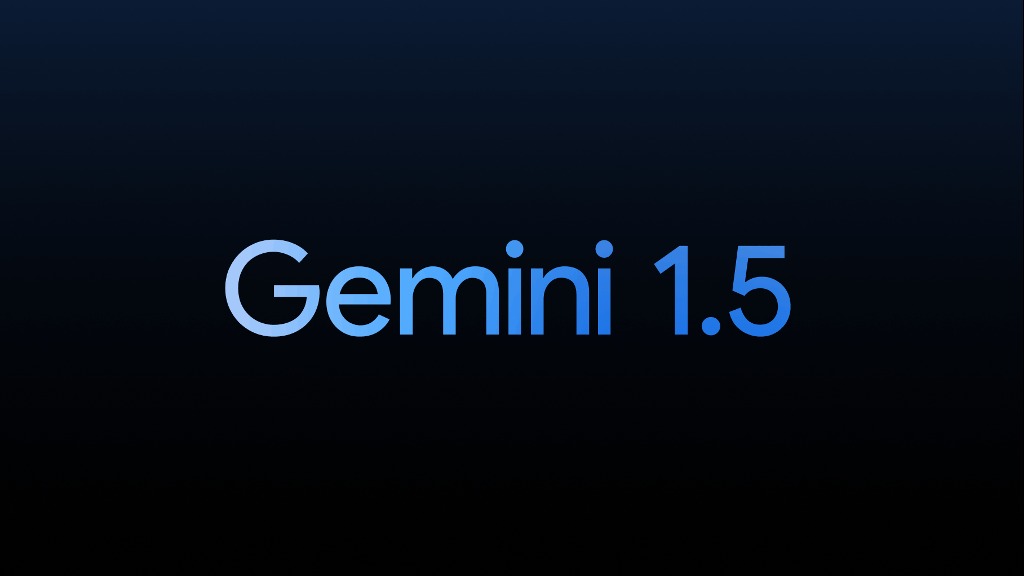
 AI12 months ago
AI12 months agoGoogle Pixel 9 Pro may come with a complimentary one-year Gemini Advanced subscription
-
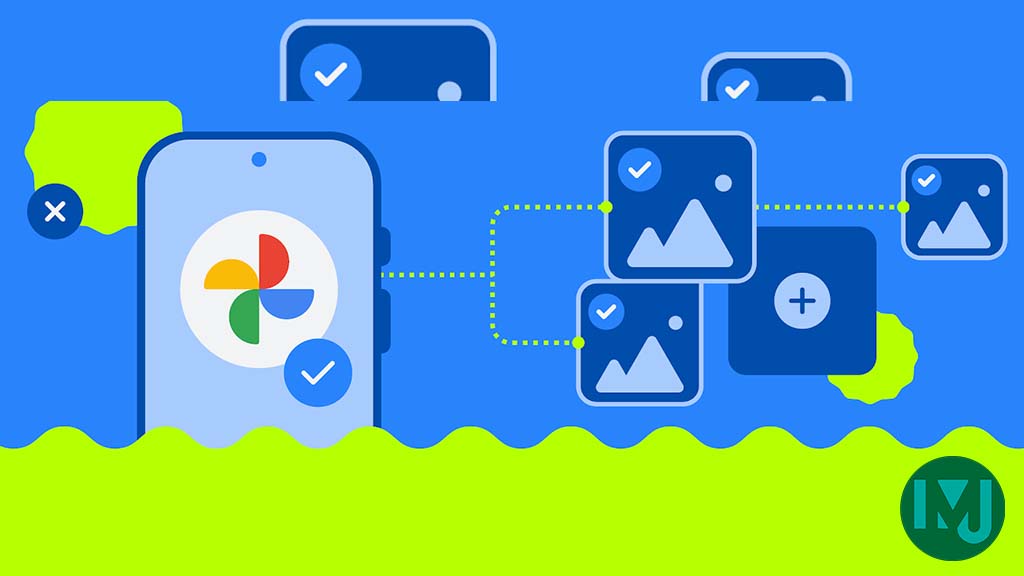
 Apps12 months ago
Apps12 months agoGoogle working on a new video editing feature for its Photo app
-
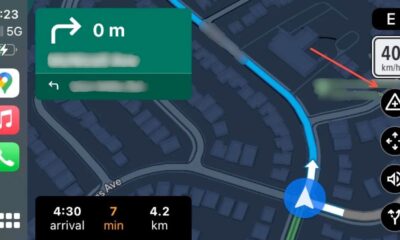
 Apps12 months ago
Apps12 months agoGoogle Maps lets you report traffic jams and accidents on Apple CarPlay, but not on Android Auto
-

 News1 year ago
News1 year agoBreaking: Samsung Galaxy S22 may get Galaxy AI features
-

 Apps1 year ago
Apps1 year agoGoogle Messages app will transform MMS chats into RCS

